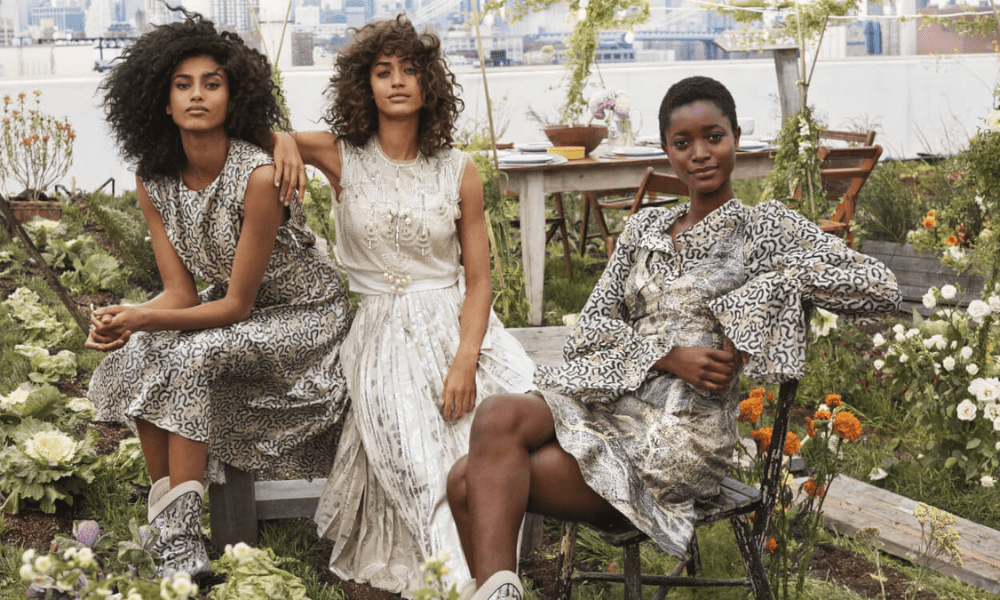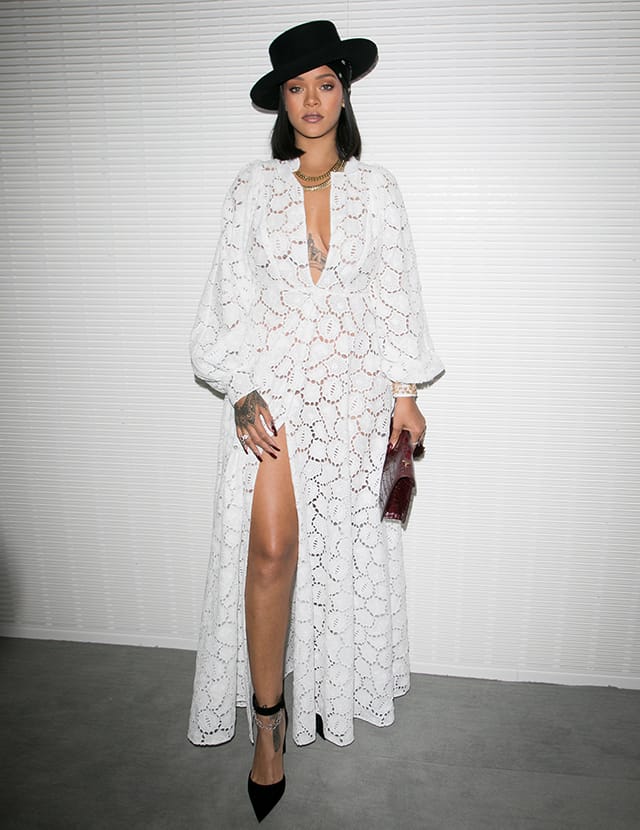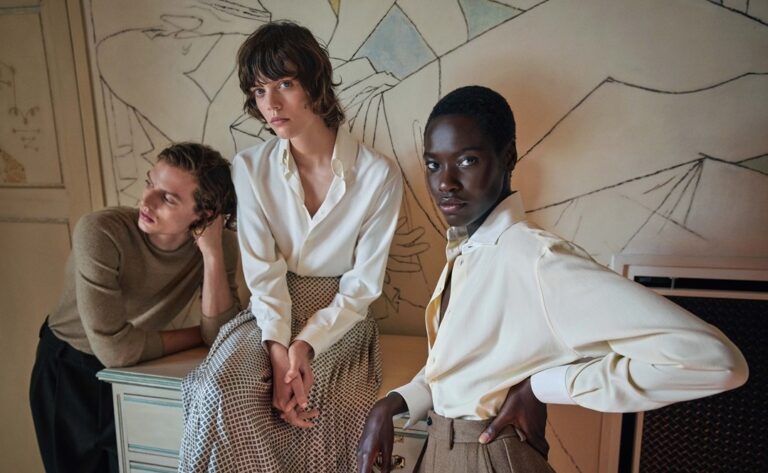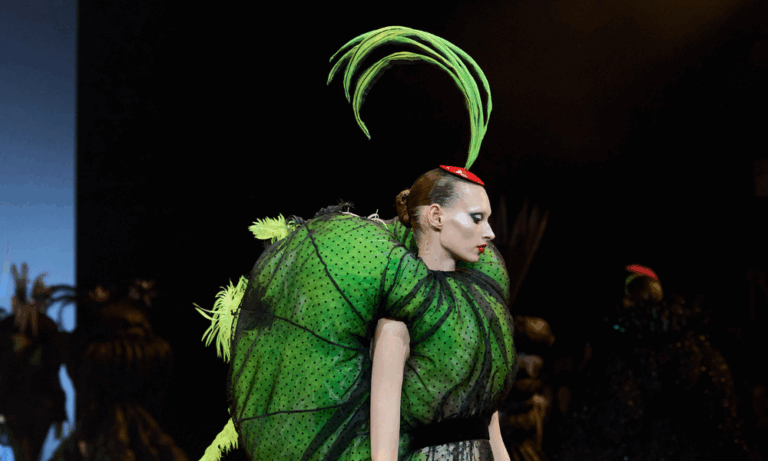Besides food, vegan fabrics are the fashion industry’s latest sustainable gift toward an ethical planet. You will definitely not eat your clothes but what if we told you, you can actually take your vegan lifestyle from your plate to your closet with recipes that are actually also made in the kitchen? Before you continue reading about recipes, let’s talk a bit about vegan clothing.
Just like vegan food, vegan clothing is meant to make people feel good, this time in their second skin; so basically it’s any piece made without animal products which include leather, fur, silk, feathers, bone, horn, shell, wool cashmere, shearling, angora, shahtoosh, snakeskin, suede, pashmina and mohair.
While digging deeper into vegan clothing trends, we stumbled upon a very interesting Ted talk, the founder and CEO of ‘Biofabricate’, a platform nurturing collaboration for design and biology to grow the future of sustainable materials for consumer products. Suzanne Lee exposes how she uses microbial cellulose, composed of millions of tiny bacteria grown in bathtubs of sweet green tea to produce clothing, a technique that was nominated as the top 50 best inventions of 2010.
Lee explained that the microbes used to brew the drink Kambucha can also produce a strong leathery cloth with no cow required using 200ml of organic cider vinegar, 200 grams of granulated sugar, 1 live Kambucha culture and 2 green tea bags. With these few ingredients, a piece of microbial leather as large as 7×6 inches can be produced and it will take the shape of the container you put it in, and to which she adds: ‘the first step in this journey for me was about the disruption of thinking.’
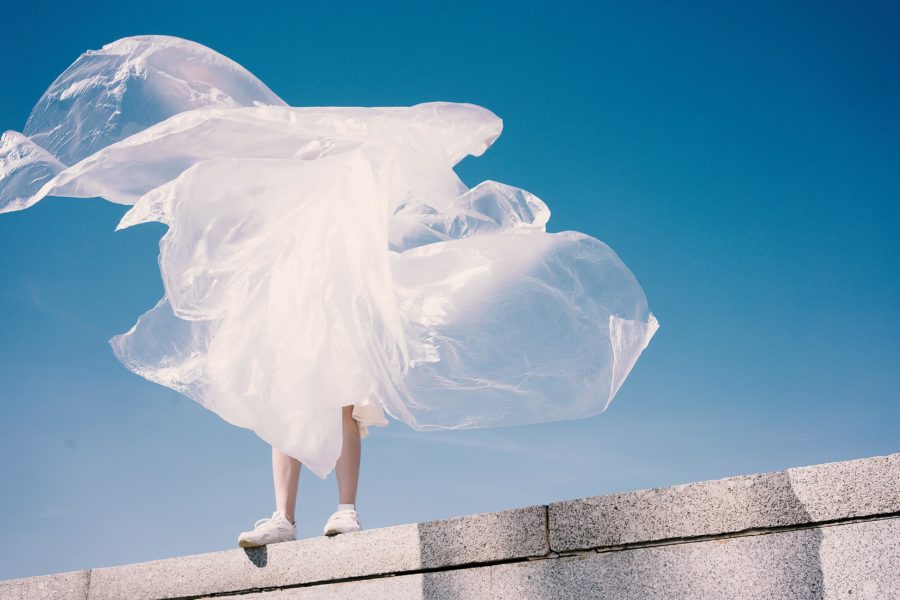
Nowadays, cotton and polyester are in limited supply for new studies that have shown they are also harming the planet as cotton production accounts 25 percent of the world arable land according to the World Wide Fund for Nature but cotton farming accounts for 24 percent of the global sales of insecticides and 11 percent of pesticides most of which is directly released into the environment so we hereby talk about purely organic products that are being integrated into the production of textiles and fabrics.
Keep your coffees hot and your eyes wide open!
Stay alert as we invite you to read more about ‘S.Cafe’ a yarn made from coffee grounds by Taiwanese textile company Singtex. With a low temperature, high pressure and energy-saving process, the technique combines coffee grounds into the yarn surface to produce a multi-functional yarn with excellent anti door qualities, UV protection and quick drying time, not to add that garments made from S.Cafe can be composted at the end of their life making sure they do not go to waste in one of the world’s landfills and used to grow more coffee for a circular lifecycle. The company actually also employs coffee grounds which would have also ended in the trash from some of the world’s largest coffee vendors like Starbucks.
Here’s how banana plantations can generate over 300,000 tons of fibres…
Studies show that it only takes 37kg of stems to produce one kilogram of fribre, so why waste a billion tons of banana plant stems every year when the Philippine Textile Research Institute discovered that the Philippines alone can produce over 300,000 tons of fibre. ‘Offset Warehouse’ an ecofriendly company partnered with an NGO in Nepal to support artisan sector and secure banana fabric production; the gem or fabric has carbon neutral qualifications and has a soft texture and is set to be perfect for jackets, skirts and trousers.
Coconut value goes beyond milk and water
Because its husks have fibrous properties and 1000 coconuts can produce 10kg of fibre with a harvest every 30-45 days. ‘Cocona’ a textile produced from coconut is a technology used by brands like North face. These same fibers can also become bio-waste-based charcoal to be used by farmers as an organic fertilizer soil quality, reduce pesticides and ensure that the fashion industry walks on a more sustainable path and a circular supply chain.
‘Pinatex’: a new fruit that grows on pineapple trees
Dr. Carmen HIjosa, founder of Ananas Anam, a company that created the ‘Pinatex’ using leaf fibre of the pineapple trees so the raw material requires no additional environmental resources to produce. Ananas Anam developed the first decorticating machine which can help strip off the fibres from the leaves and provide leftover biomass that can be used as a nutrient-rich natural fertilizer or a biofuel. The fibres then undergo a process to become a non-woven mesh which forms the base which is then transported to Spain for a special finishing for a leather-like appearance. The finished textile is distributed to designers by the company as an alternative to leather in footwear, clothing, interior furnishing and the automotive industry.
Bamboo, from China to you!
It all usually starts by extracting the bamboo cellulose after crushing the bamboo leaves and the soft inner pith. Crushed bamboo fibres are soaked in a natural enzyme solution which is spun into yarn that can be woven into fabric. Bamboo fabric is highly breathable and it is more stretched than cotton, it is often used for household, textiles and garments. India and China have been known for producing this textile for this plant are known to be easy to grow as it matures very quickly but it’s always up to cultivators to make sure their crop and treatment are sustainable especially since many Chinese manufacturers fell forests of other trees to plant bamboo which basically eliminates the environmental benefits of this crop.
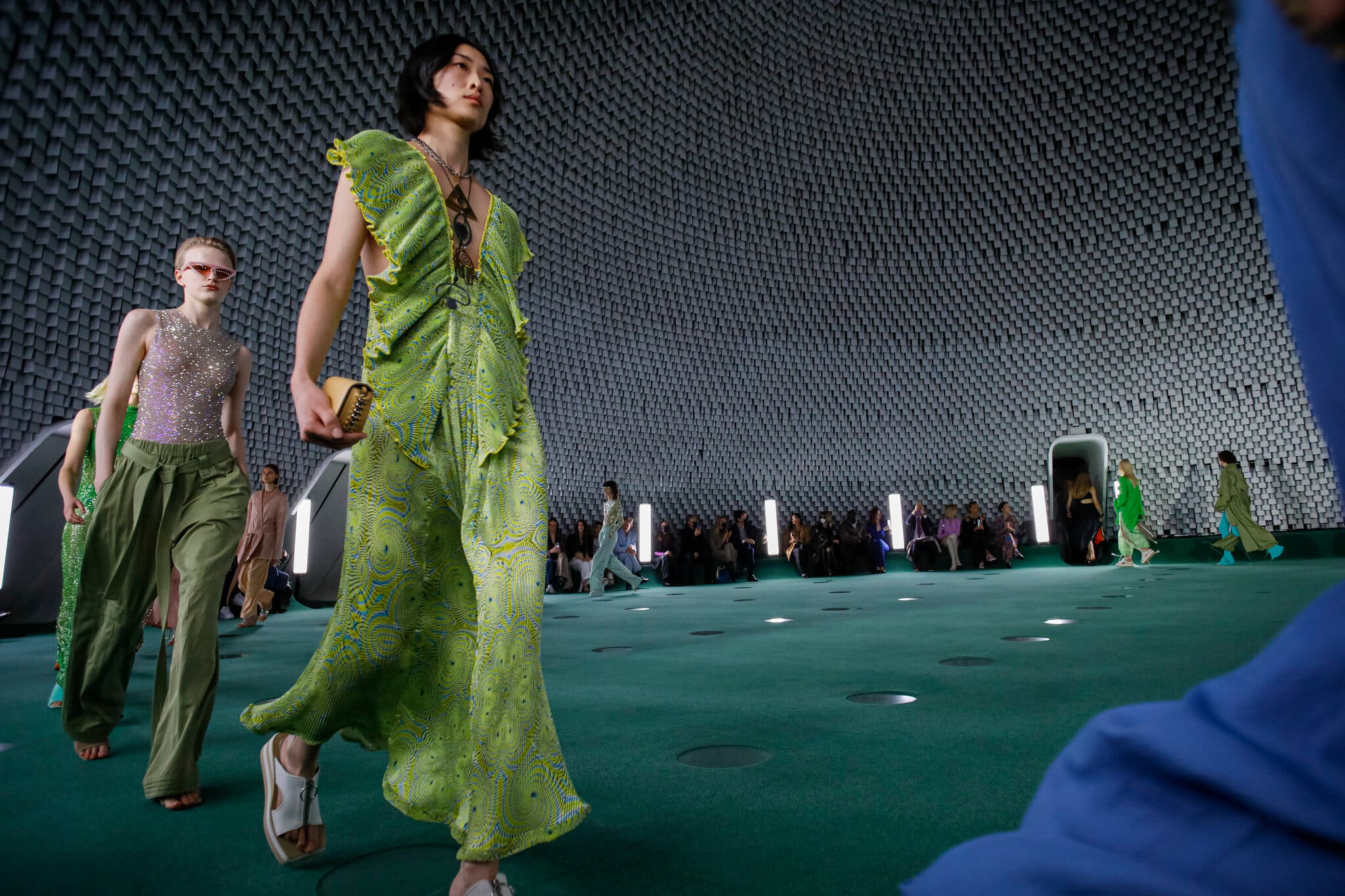
Is mushroom clothing the future of fashion?
If you don’t like mushrooms, well try wearing them because mushroom fabrics might be the next in fashion eco-friendly textile as it can provide leather-like material, suitable for clothing, purses and even furniture. Grown from Fungi’s roots ‘Mycelium’, they can be dyed in any colour and made into shell-like or soft as a sponge depending on the amount of light, humidity, exchange of gas, temperature and types of food mushrooms are given, it is non-toxic, waterproof, fire-resistant and antimicrobial and according to World Wildlife Organization, a cotton t-shirt typically requires 713 gallons of water to produce because of the amount of cotton requires versus 3 gallons of water to create a dress three times the size of a t-shirt.
Bottom line, ethical techniques and fabrics can never stand in the way of design and fashion from wearable to conceptual clothing: ‘I looked for ways to source sustainability made buttons and there are many options: Tagua nuts, Corozo nuts, mother of pearl, vintage or second-hand buttons’ said Egyptian/Lebanese designer Deena Wassef behind the sustainable brand ‘Emily Cremona in an attempt to inspire other that there is always an ethical alternative to translate designs.
Global warming, acid rain, waste disposal, climate change… aren’t these enough? When will we wake up and start asking ourselves before purchasing any piece, how often do we buy clothes? How often do we check labels to know more about the fabric that’s making our second skin? What impact do the materials used have on our planet? Are they organic? Sustainable? Biodegradable? One thing we know is sure, supporting brands that are planet friendly will definitely help improve the fashion industry and encourage big fashion houses to show up for our needs and be part of a healthy conversation… and don’t forget to read your clothing labels!
Also read: We all have a cardigan personality.
